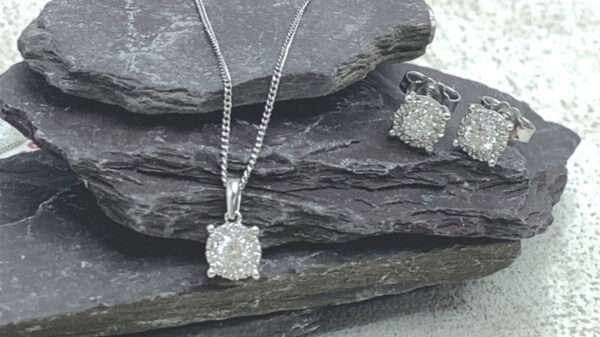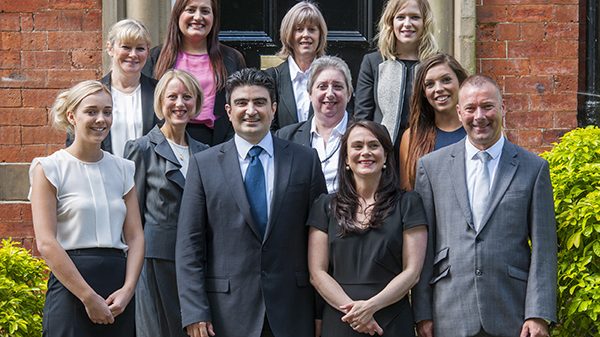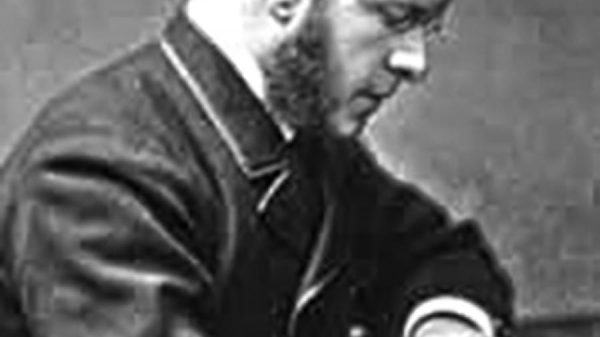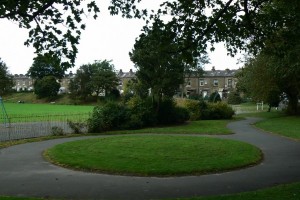As we all now know King Richard III was found in a car park in Leicester in 2012, which I believe is the most significant find in our lifetime. Immediately following the find, the University put together a multi-disciplinary team from across the UK in order to carry out a full investigation of the skeleton using some of the best experts in the country.
One of these team members is Bob Woosnam-Savage, the Curator of European Edged Weapons at The Royal Armouries in Leeds.
I was lucky enough to speak to Bob and ask him some questions about his career and Richard III before attending a talk he was giving on the subject:
[private]How did you become interested in arms and armour?
As a child I was always interested in castles, many holidays were in North Wales and we always ended up visiting castles. Once at around 5 years old on a visit to Harlech castle I asked my mum “where are all the men with bows and arrows?” Many years later I would realise “right place wrong time!” Then during my art history course at university I was very drawn to medieval paintings, tapestries and manuscripts which included depictions of knights and medieval combats and got into it that way.
What is a typical day like in your job?
A typical day for me can be anything – from someone bringing a new find for me to have a look at, giving lectures, cataloguing the collection at the Royal Armouries or researching, for a new publication or event. No day is ever the same.
How did you become involved in the Richard III project in Leicester?
The skeleton was found, the University of Leicester and I started talking and they said “Ha, you are on our list. We need someone to help identify how the trauma might have been delivered and which types of weapons were used.” I was brought in as the medieval weapons expert to work alongside an osteologist and a group of pathologists. The first time I spent with the skeleton I literally examined it, bone by bone, with the osteologist, looking for signs of trauma.
How did you feel to be part of that team?
I felt honoured and privileged to be part of the multi- disciplinary team. It’s a once in a lifetime chance to work on the remains of a long lost medieval monarch. It has been phenomenal; there is no other word for it.
What impact on the rest of the world has the find had?
The impact has been incredible. Between us the team have given talks worldwide since the find. I gave a talk in Rio, Brazil and others have spoken in Canada, USA, and Australia etc.
Do you think that the King’s last charge at Bosworth in 1485 that effectively led to his death was deliberate or an act of desperation?
I think it was a deliberate tactical move – he charged with his household which does not mean 5 people, it means anywhere between 3-600 people. This number of people had to be ready to charge, they couldn’t just set off without being prepared for an eventuality like this – I would suggest that he saw an opening and took it as a quick way of ending the battle. He saw Henry Tudor relatively exposed and went for it. He must have got pretty close because he killed Henry Tudor’s standard bearer William Brandon; he could in fact have been only some 10ft away from his target, which on horseback is nothing. It did almost work. Even his opponents after the battle wrote how manfully he fought, apart from one chronicler who said he was killed running away. But I suspect this is a misinterpretation; the chronicler perhaps did not mean ’running like a coward’, but more likely running back to his remaining troops to regroup or even to try, perhaps, get to the Continent, possibly Burgundy, and return after a period of time with a new army to attempt take back the throne.
Why do you think it all went wrong for Richard?
I think that he was just overcome by Tudor’s bodyguards and the Stanleys, who came down on the side of Tudor. The clue is perhaps the Duke of Northumberland, who stood in reserve and was always at the rear. Probably the fact that Northumberland did not get involved suggests he was too far back. It is possible that there was also a marsh between Richard and Northumberland and so he could do nothing, even if he had wanted to. Further proof that Northumberland probably didn’t betray Richard is that he did end up being imprisoned by Henry Tudor. One has to think that they wouldn’t have imprisoned him if he had switched sides.
Richard should have won, he had the larger army; something went wrong, possibly he misread the landscape.
Do you believe Richard was a good or bad King as there seems to be evidence for both?
I really do not know if he was the villain that he is made out to be, he seems to have been loyal to his brother Edward IV all his life. Did he see the chance to seize the crown and took it? I really do not know. I do not 100% believe that the Princes in the tower were murdered, I wonder if it is possible that they one or both came back but what we do know is that the Princes disappeared under Richards watch and they were last seen in about August 1483. He was in charge then so even if they were killed or he accidentally lost them – either way it doesn’t look good!
What injuries did you find on the skeleton?
I can’t really tell you too much about the injuries, apart from what has already been released, as a more detailed scientific paper is just on the cusp of being released to the public. The official trauma paper is out on the 15th September in The Lancet. I can tell you he had at least 10 different injuries – 8 cranial and 2 post cranial.
How do you believe the body was treated after his death?
Historical accounts are quite clear that his body was treated ‘inhumanely’. It would appear that he was slung over the back of a horse, stripped naked, legs on one side and the arms on the other and taken to Leicester. His rear end and the apparent deformation caused by his scoliosis would seemingly have been obvious targets for crowds as he was led from the battlefield and through the streets of the city. Obviously though, many injuries would probably have been only flesh wounds which disappeared hundreds of years ago – we only have the trauma that exists on the skeleton left to examine.
Where do you feel the King should be buried?
I have no axe to grind, I was born in Shropshire so I am not taking sides. Best archaeological practice states that he be buried close to the ground he was taken out of and Leicester Cathedral is a stone’s throw away from where he was found. If not, personally, I always felt that he should be buried somewhere like Westminster Abbey because he was an anointed monarch and it may have had the added bonus of stopping the ‘argument’ between York and Leicester.
The date of the re-interment of Richard III’s skeleton has recently been confirmed as March 26th 2015.[/private]







